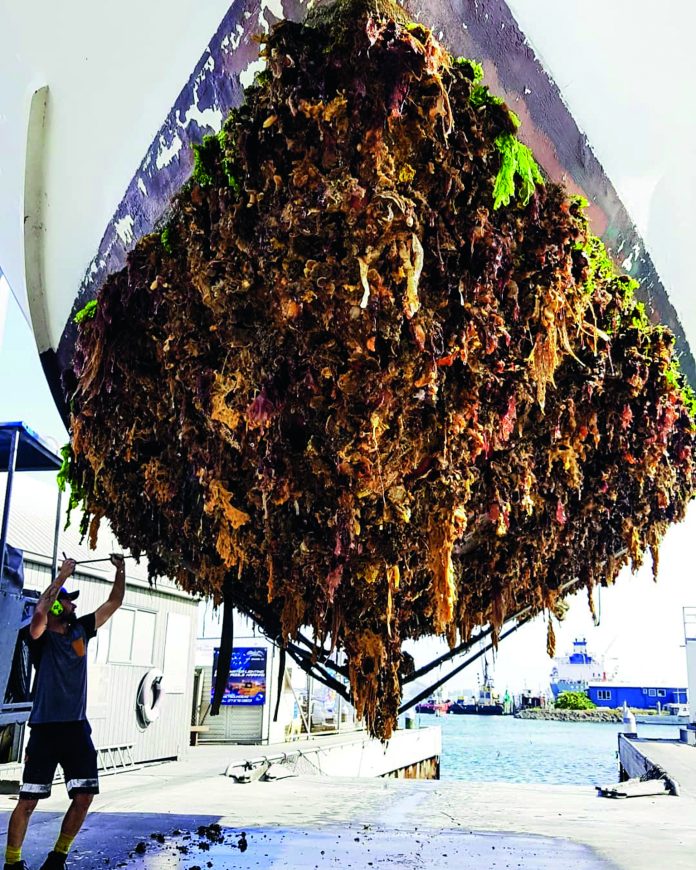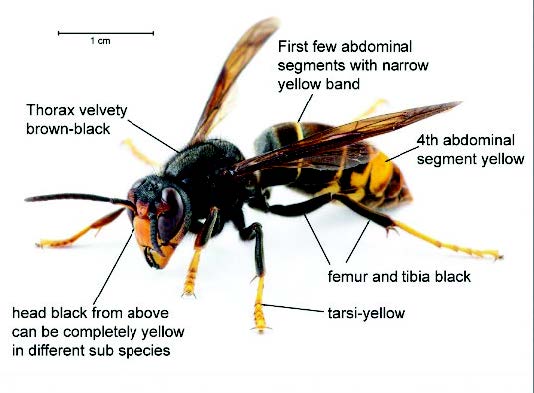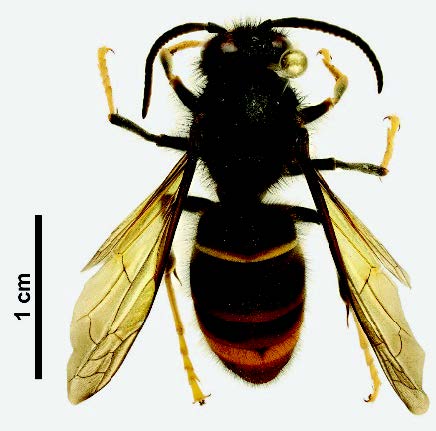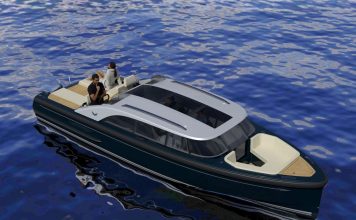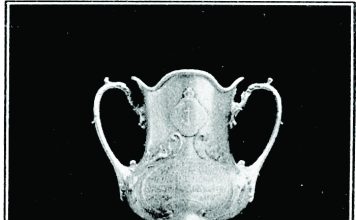Annual hunt for hitch-hikers
Northland’s summer boating season is about to get a closer look from below the waterline. From November, the Northland Regional Council (NRC) will again send divers and contractors around the region to inspect more than 2000 vessel hulls for unwanted marine life.
Biosecurity Manager – Marine, Kaeden Leonard, says summer is the busiest time for boat movements and the most likely period for pests to spread. The inspection team will target everything from small recreational boats to large commercial vessels across more than a dozen harbours.
“Vessel hulls are the most common way for marine pests to hitch a ride,” Leonard says. “Our Marine Pathway Management Plan sets out clear rules to help stop the spread.”
Clean hulls only
Under the plan, any vessel entering Northland or moving between harbours must carry no more than ‘light fouling’ – a slime layer and a few barnacles or macrofouling patches totalling less than five percent of the hull.
Divers will pay close attention to niche areas such as keel bases, intakes and bow thrusters where pests often hide. Owners found with infestations may need to haul out for cleaning at their own expense.
In-water cleaning is allowed only for lightly fouled hulls. Illegal scrubbing can result in $750 fines, and the council urges boaties to use designated lift-and-wash facilities.
Fanworm success story
The renewed inspection programme follows a biosecurity success in Mangōnui Harbour, where Mediterranean fanworm has now been eliminated after five years of joint surveillance funded by NRC and Biosecurity New Zealand.
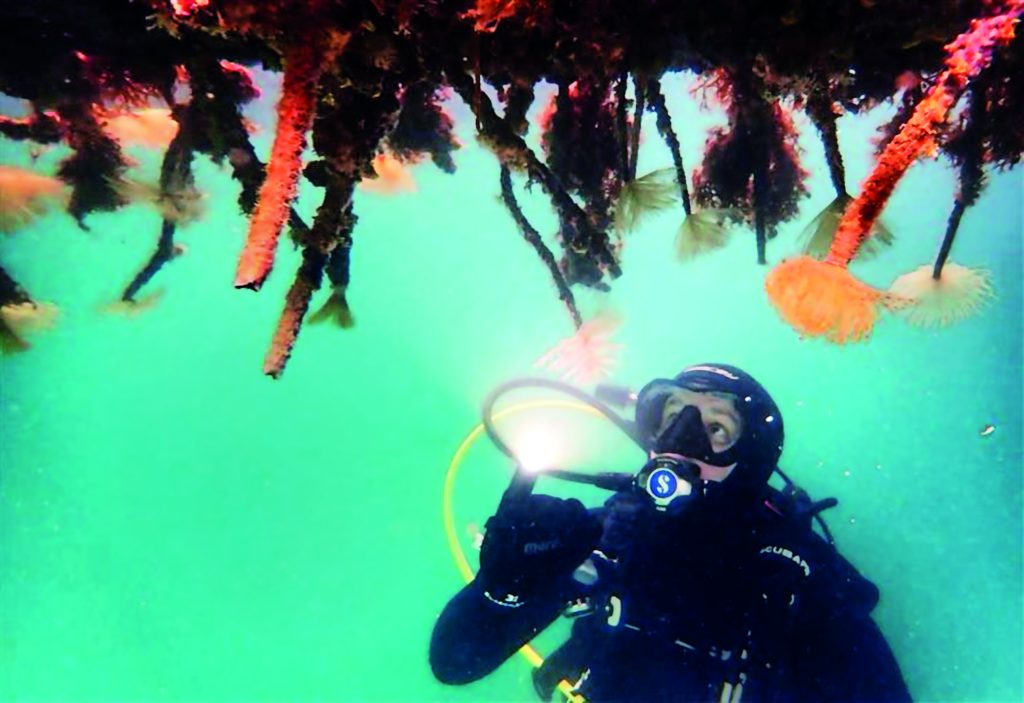
Elsewhere, Tutukākā remains fanworm-free, while Mangawhai Harbour continues active removal. Areas where fanworm is well established – including Whangārei, Whangaroa and Ōpua – require extra vigilance.
What boat owners can do
Leonard asks skippers to check and clean hulls, anchors, cray pots and ropes before heading to new cruising grounds. The divers will also look for other marine invaders such as exotic Caulerpa, Asian date mussel, and clubbed tunicate, along with not-yet-present species like northern Pacific seastar and European green crab.
Boaties can confirm if their vessel has been inspected by emailing marinebiosecurity@nrc.govt.nz with their boat name and berth location.
Keeping hulls clean, Leonard says, is the simplest and most effective way to protect Northland’s harbours and coastlines for everyone who enjoys them.








